

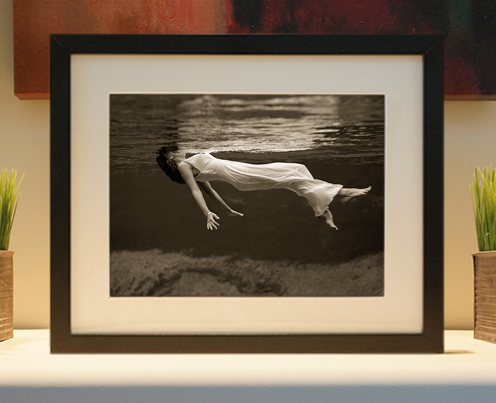
Framed or unframed, desk size to sofa size, printed by us in Arizona and Alabama since 2007. Explore now.
Shorpy is funded by you. Patreon contributors get an ad-free experience.
Learn more.

- Baldwin 62303
- Baldwin VO-1000
- Cold
- No expense spared
- Tough Guys
- Lost in Toyland
- And without gloves
- If I were a blindfolded time traveler
- Smoke Consumer Also Cooks
- Oh that stove!
- Possibly still there?
- What?!?
- $100 Reward
- Freeze Frame
- Texas Flyer wanted
- Just a Year Too Soon
- WWII -- Replacing men with women at the railroad crossing.
- Yes, Icing
- You kids drive me nuts!
- NOT An Easy Job
- I wonder
- Just add window boxes
- Icing Platform?
- Indiana Harbor Belt abides
- Freezing haze
- Corrections (for those who care)
- C&NW at Nelson
- Fallen Flags
- A dangerous job made worse
- Water Stop
Print Emporium
Slice of Life: 1910
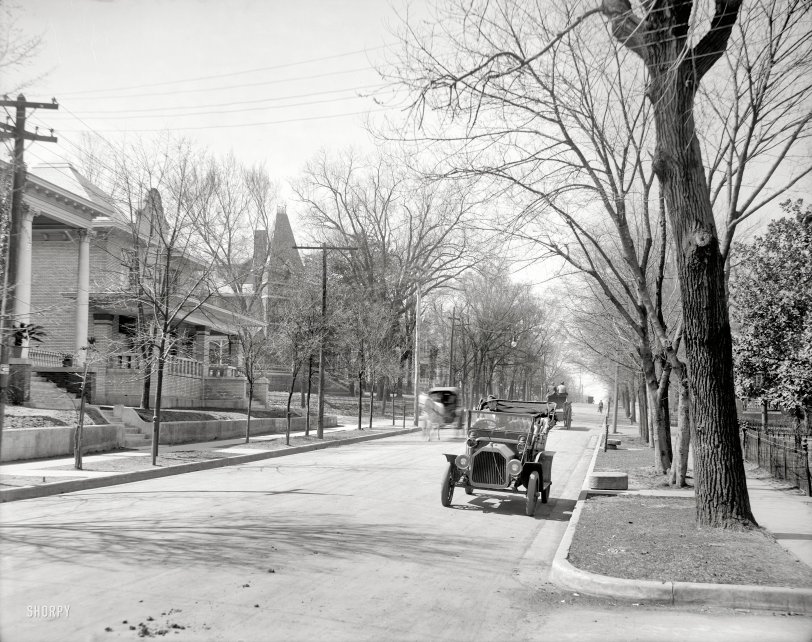
Continuing our tour of Little Rock, Arkansas, circa 1910. "West 2nd Street residences." 8x10 inch glass negative, Detroit Publishing Co. View full size.
Retouching
I'll bet the Detroit Publishing Co. must have had to employ a retoucher just to airbrush out the road apples that show up in every street scene!
The Whatzit Rope
The mystery rope is of course attached to a horse hobble, an iron weight you set on the ground to keep your horse from wandering off. The radiator cap must be deemed equivalent to a halter. I know this from a Laurel and Hardy movie.
Side crank
That Model F Buick is a two cylinder model with the crankshaft running across the frame. With that engine orientation the detachable crank fits into the end of the engine on the right side of the car, under the frame rail under the seat. A right side view of the car would tell if it's a 1908 or 1909. A very popular car in its day judging by the numbers one sees on Horseless Carriage tours these days.
Whatzit?
I'm wondering what that rope like thing is attached to the radiator cap. AN overflow hose perhaps? Or did it serve a function like letting steam or moisture drip into the calcium carbide to produce acetylene gas for the headlights.
1908 Buick
Great photo. The car looks like a Buick, around 1908. Lots of hitching posts. I think those concrete "blocks" to the right of the car must be to help people get out of their carriage or car.
[They're called mounting blocks. Good work identifying the car. The grille has been de-blinged. - Dave]
The car looks quite advanced for 1910
No crank start means it probably had an electric starter, and it had headlights.
[The hole for the crank is on the side. There were no electric starters until 1912. The headlights on this car, a circa 1908 Buick, use acetylene gas. The parking lights are kerosene lanterns. - Dave]





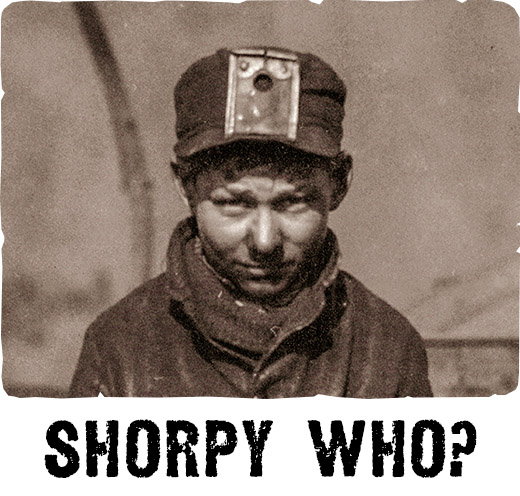
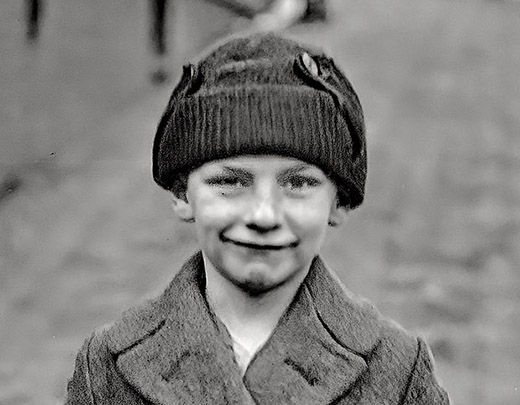
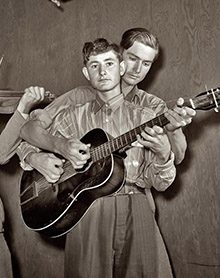
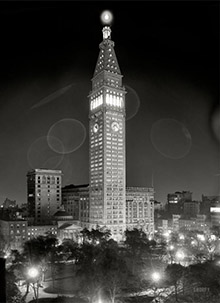
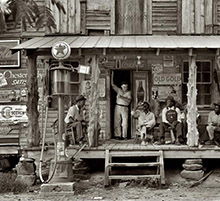
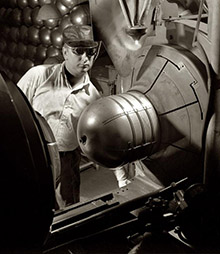
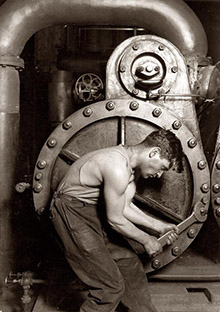
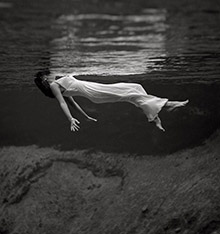
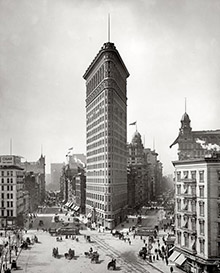
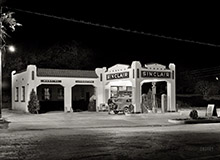
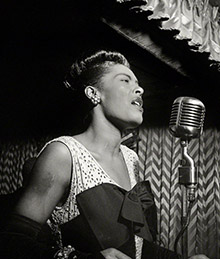
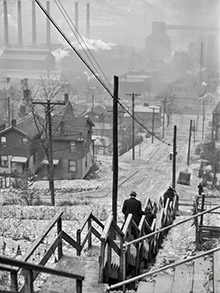
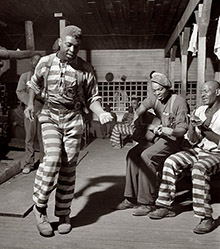
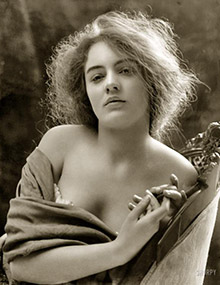
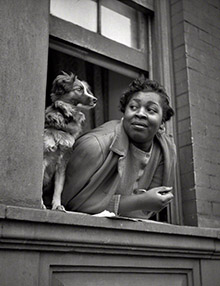
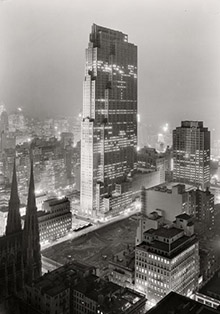
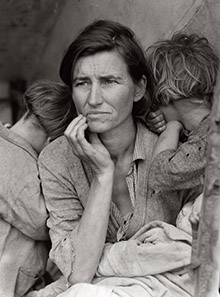
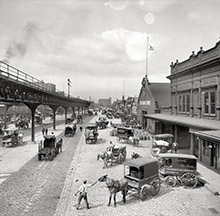
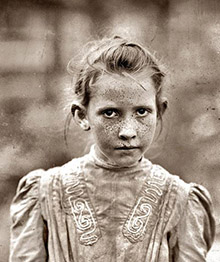
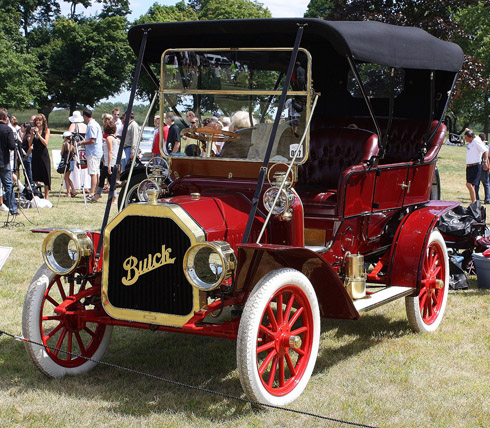
On Shorpy:
Today’s Top 5